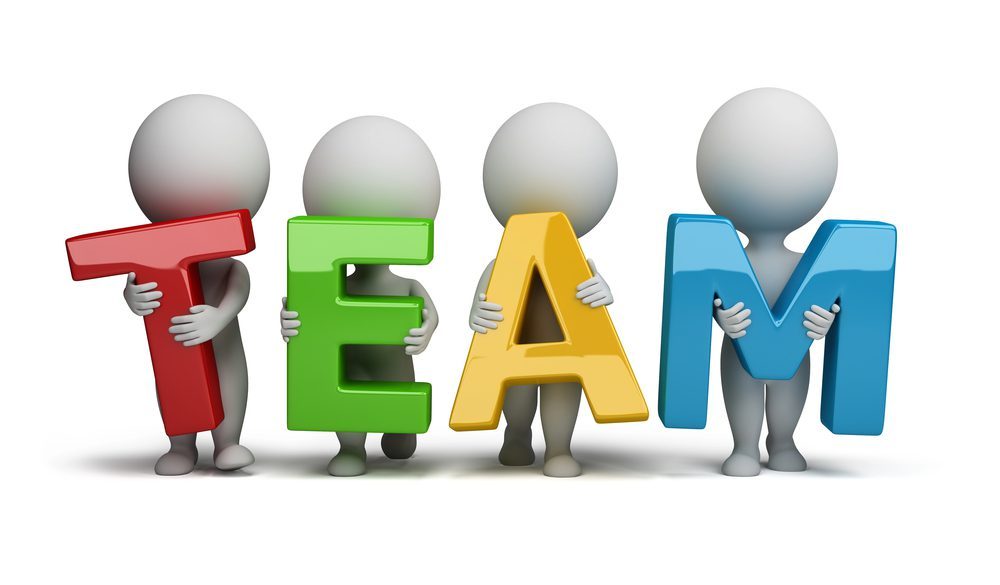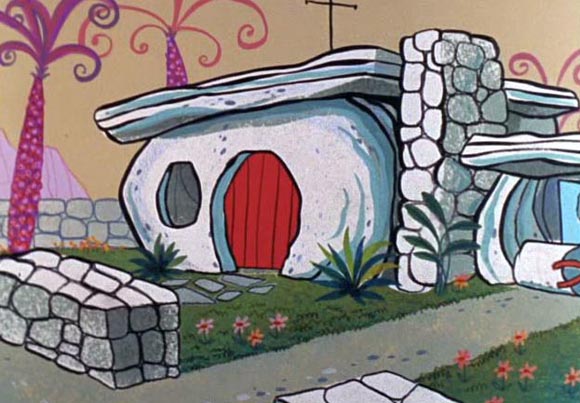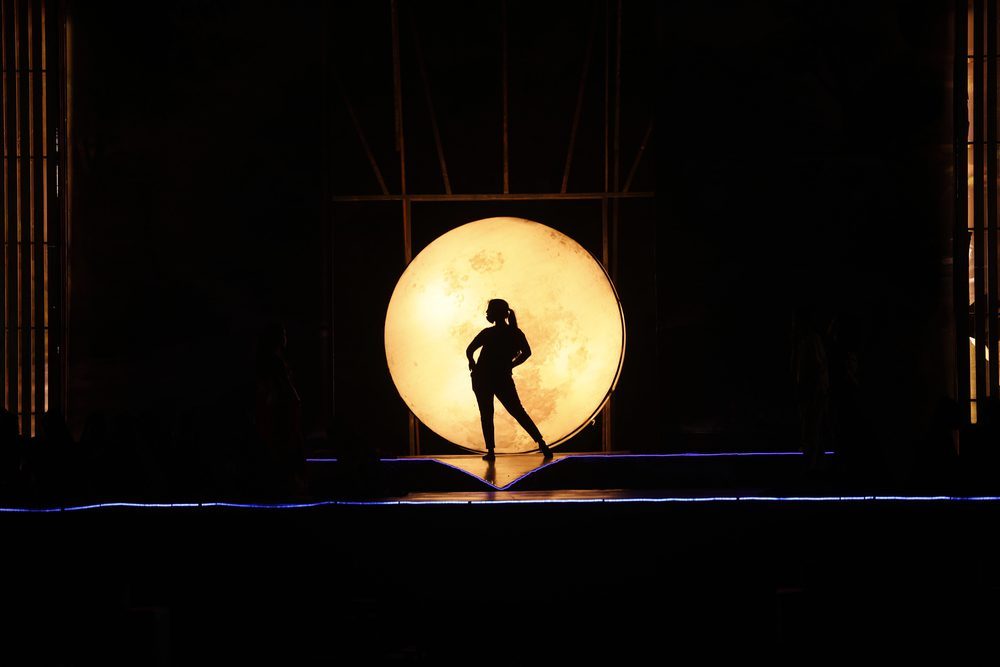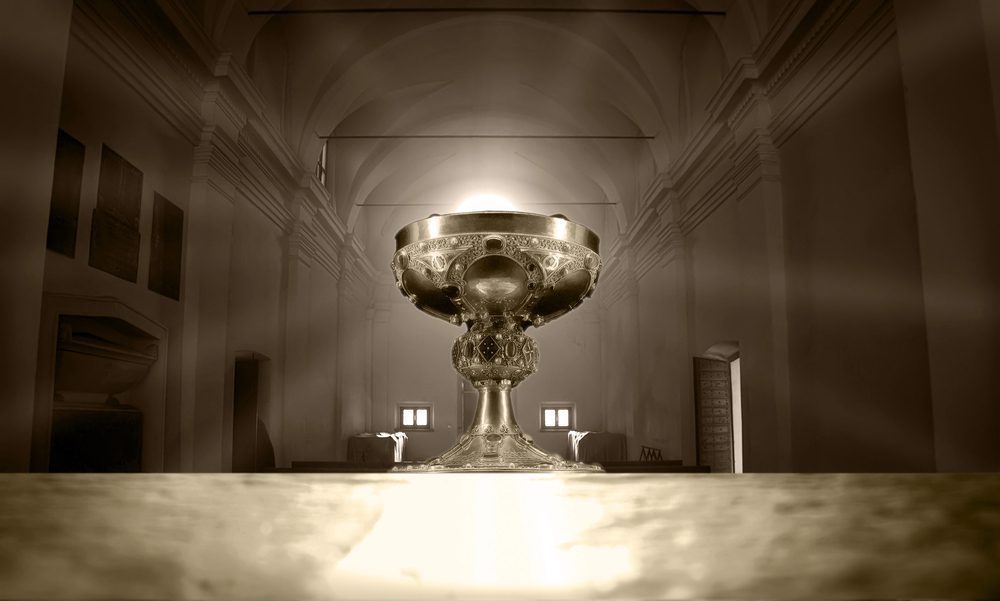The winter solstice is almost upon us. It was revered in Neolithic times, Newgrange in Ireland is aligned to the sunrise, and Stonehenge is aligned to the sunset on the winter solstice. It was also celebrated in Rome, but on 25th December. Which was just a few days after the weeklong Saturnalia celebration. This included banquets, parties, gift giving, and was a time when masters would wait on their slaves. The winter solstice is when the tilt of the earth away from the Sun in the northern hemisphere is at its maximum. It marks the return of longer and, eventually warmer days. In the ancient, agrarian, pagan world it was a day to celebrate, symbolising the triumph of light over darkness. The 25th December is still viewed symbolically in a similar way by Christians today. But just as with day and night, the cycle continues, the darkness returns, until, once again it is chased away by the light.
The paradox of our existence is that there is both dark and light in the world, and there is both light and dark within us too. When you can see both sides, when you can feel both in you, then you stand on the razor’s edge, the balance point, the point of maximum power. See them both, know that they both represent valid choices and then choose which you prefer without invalidating what you do not prefer. How good are you at being able to see both sides of an argument. Can you hold apparently contradictory information in your mind at the same time? What if climate change is both natural and manmade. What if both sides of the political left right divide have some valid points to make. What if both science and spirituality are right about how reality works. What if evolution happens both through natural selection and through creation. What if social media is a blessing and a curse. What positivity do you see in the dark and how much negativity is there in the light? Can we celebrate the feminine without denigrating the masculine. Can we express the male without supressing the female. Can we thoroughly use both our conscious and unconscious minds. Can we find unity and balance in difference. Can we live happily in the centre of our paradoxical reality. In the words of American psychologist Carl Rogers, “The curious paradox is that when I accept myself just as I am, then I can change.” Life is full of choices, and you can make better choices by seeing both sides, without invalidating either one.
Perhaps within our smaller cycles of day and night, winter and summer, there are even larger ones too. By our way of counting time, we are a quarter of the way through the 21st Century. Y2K aside, we moved into this century with a sense of hope. We hoped we were leaving the darkness and conflict of the 20th Century well behind us. The cold war was over, and technology was opening up new horizons. Has the 21st Century lived up to our hopeful expectations yet? Maybe not, but it still can. The darkness through which humanity has walked, and is still walking, has brought us to where we are today. Maybe we are at the maximum tilt of that darkness now. Maybe, just maybe the next 25 years will bring us closer to the light. Whether it does or not, use the power of paradox to see both sides, and choose which you prefer, without invalidating what you do not prefer. Use the inherent power of paradox to drive yourself forward in 2025.
“In contradiction and paradox, you can find truth.” Denis Villeneuve





